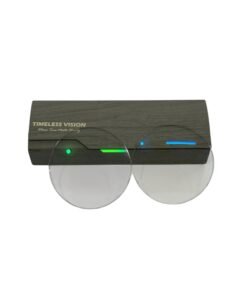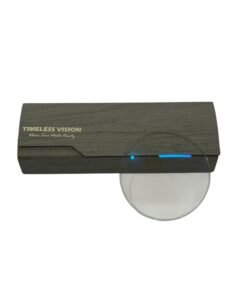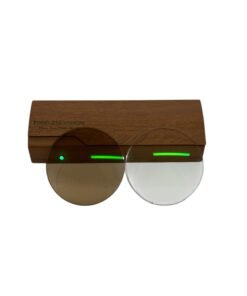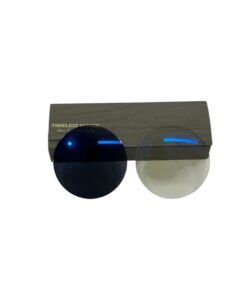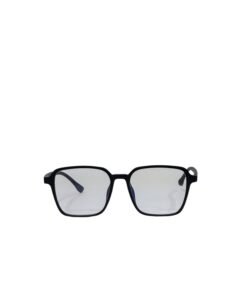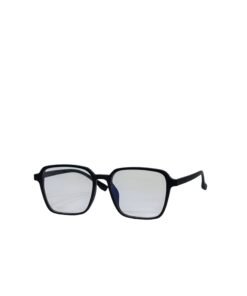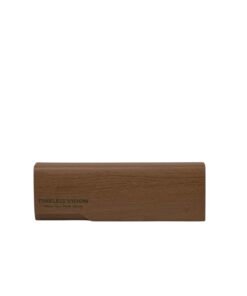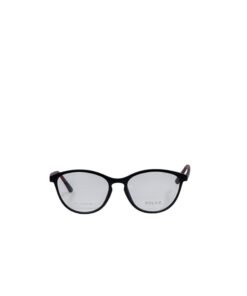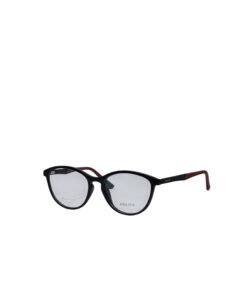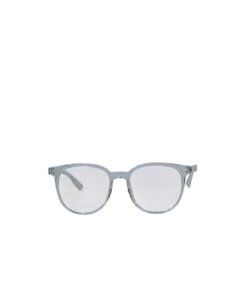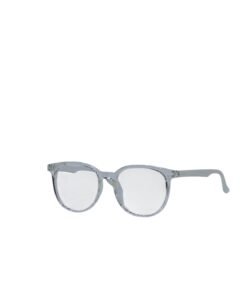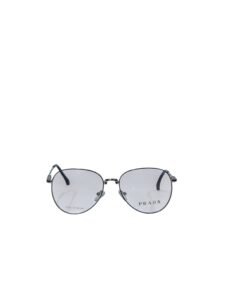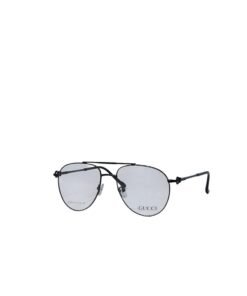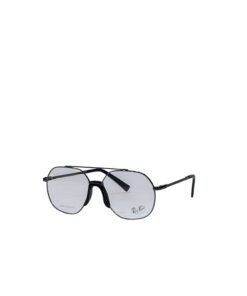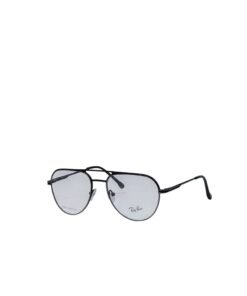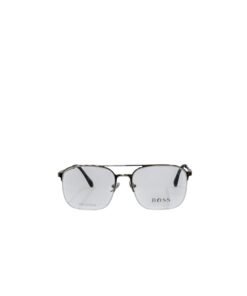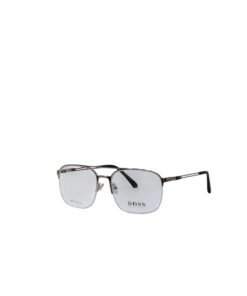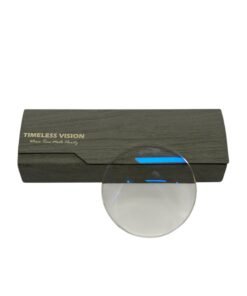
Common Questions
Q1. What are bifocal lenses used for?
Bifocal lenses help people see clearly at two distances — typically near (like reading) and far (like driving) — with a single pair of glasses.
Q2. What’s the line in bifocal lenses for?
The visible line separates the two vision zones: the upper part is for distance vision, and the lower part is for close-up tasks.
Q3. Can bifocals include blue light or transition features?
Yes, bifocal lenses can be customized with blue light filtering, transition (photochromic) technology, or both for added comfort and protection.
Q4. Are bifocal lenses good for computer work?
They can help, but progressive or occupational lenses are often better for extended screen use because they include an intermediate (computer) zone.
Q5. What’s the difference between bifocals and progressives?
Bifocals have two distinct viewing zones with a visible line, while progressive lenses provide a seamless, gradual shift across all distances — near, intermediate, and far — with no visible lines.





